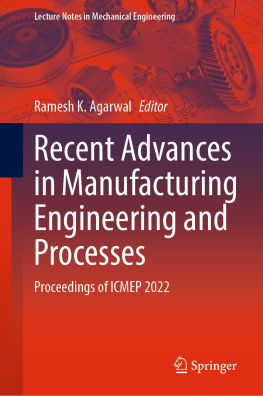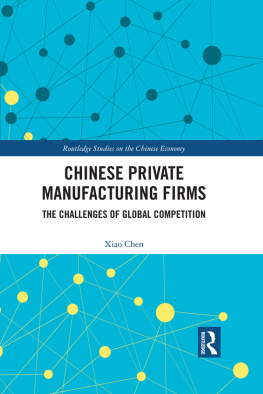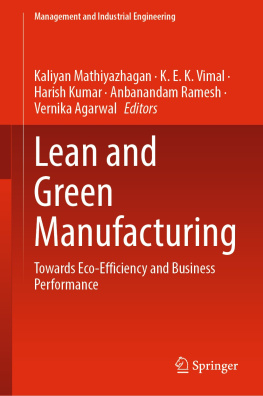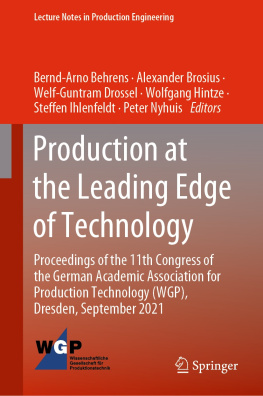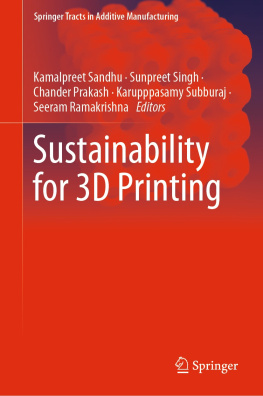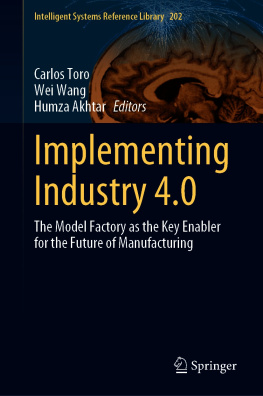The Role of Manufacturing in Sustainability
Humanity is increasingly confronted with the challenge of dealing with a finite eartha world with a limited carrying capacity (Arrow et al. ).
Although the concept of sustainable development (as defined for example by Brundtland et al. ). Further and more innovative decarbonisation solutions are therefore urgently needed.
As a major stakeholder in several areas of human living, industry has a great role to play in sustainability. It first contributes significantly to the overall environmental impact of human activity. It represents 26 % of the final energy consumption in the EU 27 (Lapillonne et al. ). Meanwhile, further increases in energy consumption are anticipated.
Beyond its direct environmental impacts, the discrete product manufacturing sector also influences the resource consumption of its products over their entire lifecycle, and therein plays a critical and complex role in sustainability (Duflou et al. ).
With respect to the social aspects, the industrial sector employs 17 % of the European workforce (Eurofound ).
That said, manufacturing stands strong as a crucial sector for the development of economies. Manufacturing generates 14 % of the gross domestic product (GDP) of OECD countries and of Europe according to the OECD (). On the whole, thus, basic manufacturing activities seem to be a necessary enabler for the development of modern economies.
To summarize, manufacturing as a subset of the industrial sector (see glossary for disambiguation of the terms) has a threefold impact on sustainability:
it plays a major role in the creation of wealth;
it directly contributes to the material metabolism of human societies as it requires material input and produces outputs;
it indirectly contributes to the material metabolism of human societies as it produces outputs having their own metabolism even after having left manufacturing systems.
Existing Approaches of Sustainable Manufacturing
As a counterpoint to this tripartite observation, sustainable manufacturing is defined in the present publication as (see also the glossary for more information on this definition):
creation of discrete manufactured products that in fulfilling their functionality over their entire life cycle cause a manageable amount of impacts on the environment (nature and society) while delivering economic and societal value.
The international research community has been particularly active in the last decades in the development of conceptual or concrete solutions toward sustainable manufacturing (see for example Arena et al. is specifically dedicated to the discussion of the challenges of multi-, inter- and transdisciplinary approaches faced by researchers in sustainable manufacturing.
2.1 Review of Published Frameworks
Since the emergence of the first initiatives explicitly termed as green engineering or sustainable manufacturing, several reviews of the field have been undertaken and frameworks have been proposed that identify the complementary areas of research that need to be addressed. Jayal et al. () made recommendations for further research on sustainable manufacturing, based on the review of existing initiatives and considering two foci: manufacturing processes and equipment along with manufacturing systems.
It is worth noting that all these reviews identify both sustainability assessment methods and technical strategies ( analysis and synthesis ) as necessary and complementary approaches to sustainable manufacturing. Analytical approaches are required in order to put words and figures to the problems which may ultimately be solved by synthesis. One example of this is found in the inventory of approaches for energy efficient manufacturing at the unit process level given by Duflou et al. (), where data acquisition, computational models and energy assessment methods stand alongside technical solutions such as technological change or waste recovery within the machine tool. Two of the four publications go further, and state that analysis and synthesis approaches can only be effective if enabled by adapted education tactics. On one side of the equation, a systematic implementation of analysis and synthesis approaches in industry requires that engineers fully appreciate the sustainable manufacturing concepts and are trained in multi-objective decision-making. On the other side, the general public can only foster sustainable production if they fully appreciate the impact of their consumption patterns.
While such reviews identify different yet overlapping scopes, the sustainable manufacturing solutions they identify can be classified into four different areas, which we will call for our purposes layers :
Manufacturing technologies: approaches focused on how things are manufactured, i.e. whose object of research lies in processes and equipment, including machine-tools or facilities. Examples of such approaches are among other things: development of new or improved manufacturing processes, predictive maintenance of production equipment, determination of process resource consumption, process chain simulation, or energy-efficient facility building.
Product lifecycles: approaches focussed on what is to be produced, i.e. whose object of research is the product definition (where product can be understood as a good or a service). Examples of such approaches are among others: asset and product lifecycle management, intelligent product, simplified product sustainability assessment.
Value creation networks: approaches focused on the organisational context of manufacturing activities, i.e. whose objects of research are organisations such as companies or manufacturing networks. Examples of such approaches are among others: resource efficient supply chain planning, industrial ecology.


